As you can imagine from the video's title, I got immediately curious about what monsters lie in the cosmos. Throw in Morgan Freeman and I'm completely sold! Enjoy it and learn more about what is all around our planet and will eventually kill it. In fact, make sure to check out all the videos from Symphony of Science - it's awesome! ~Ally
0 Comments
Back when I was a kid, I never wanted to be an astronaut, no matter what my father would say or how many times I watched Star Wars and Star Trek. Seeing movies like "Apolo 13" didn't help either. The fact is, travelling to the stars has always been a daunting task - I mean, come on, it's SPACE!!! - , but is it possible that it is being made more difficult than it needs to be? Could someone – or something – be trying to do its best to keep mankind on Earth, by sabotaging space flight after space flight? This idea has become so widespread that NASA has jokingly referred to this enigmatic and often deadly force as the ‘Great Galactic Ghoul’. But could it be real? When we stop to think about the high incidence rate of spaceflight accidents, disappearances and technological foul ups it is easy to see that it would have crippled any other endeavour that did not have the benefit of government funding. And this screw ups happen with everybody, no matter if you're Russian or American. One example was the much vaunted Mars Explorer in 1993, which was to take closer pictures of the mysterious Cydonia Region of Mars. Just as the craft was entering Martian orbit, it suddenly stopped functioning. Other failures include the Soviet Koralb 11 (blew up), Sputnik 24 (blew up), NASA’s Mariner 3 (missed Mars), Mariner 8 (fell into Atlantic) and the fiery deaths of the astronauts involved in the Apollo 1 mission in 1971. The list goes on and on, either a testament to staggering incompetence or evidence of a thorough, worldwide act of sabotage, perhaps even on a galactic scale. But the strangest part comes when we consider Martian missions. These kind of endeavours fare the worst when it comes to the idea of sabotage. One of the most disturbing was the fate of the Russian Phobos probes. Launched in 1988, the Russians sent the two probes to investigate Phobos, the smaller of Mars’ two moons. They were interested in the irregular orbital patterns, which led many to believe it to either an artificial construct or perhaps even hollow. The first probe was somehow lost on the journey from Earth, while the Phobos 2 made it to Mars. En route to the small moon, the probe took photographs of a cylindrical shaped shadow on Phobos’ surface. Shortly thereafter, the probe was destroyed. Its final picture, beamed back to Russia, has been declared too sensitive to release to the public. The same night, orthodox Russian priests were asked to go to Moscow Phobos 2 Control Centre to discuss the pictures received. I'm not sure if I want to know what is really out there. ~Ally
Not that canonic lores mention it, but if I had to choose a time to become a werewolf (yes, that's the kind of question that populate my mind every single day), it would have to be on the Blood Moon. This time, though, I wasn't so lucky, since the sky this morning was very clouded where I live. Plus, I don't know of any cases of lycantropy nearby, so the chances of stumbling upon a werewolf and getting bitten were so small I didn't feel like getting up in the middle of the night. It will have to wait until next time! Anyway, the phenomena known as Blood Moon or Red Moon is caused by a lunar eclipse - when the Earth stands between the Sun and the Moon -, and, before it disappears, the Moon's light turns red because of the sunlight being tinted by Earth's atmosphere before it hits it. It's a beautiful and yet somewhat terrifying spectacle. I mean, can you imagine what ancient people thought about it? Some people say the Blood Moon happens before important and sometimes tragic occurrences in the world... Guess we'll have to wait and see! ~Ally
As you might easily guess, a lunar calendar is based on cycles of the lunar phases. Because there are slightly more than twelve lunations or synodic months (months with approximately 29 days) in a solar year, the period of 12 lunar months (354.37 days) is sometimes referred to as a lunar year. A common purely lunar calendar, for example, is the Islamic calendar or Hijri Qamari calendar. A feature of the Islamic calendar is that a year is always 12 months, so the months are not linked with the seasons and drift each solar year by 11 to 12 days. It comes back to the position it had in relation to the solar year approximately every 33 Islamic years. It is used mainly for religious purposes, but in Saudi Arabia it is the official calendar. Other lunar calendars often include extra months added occasionally to synchronize it with the solar calendar. The oldest known lunar calendar was found in Scotland; it dates back to around 10000 BP. Curiously, though, most calendars referred to as "lunar" calendars are in fact lunisolar calendars. That is, months reflect the lunar cycle, but then intercalary months are added to bring the calendar year into synchronisation with the solar year. Some examples are the Chinese and Hindu calendars. Some other calendar systems used in antiquity were also lunisolar. All these calendars have a variable number of months in a year. The reason for this is that a solar year is not equal in length to an exact number of lunations, so without the addition of intercalary months the seasons would drift each year. To synchronise the year, a thirteen-month year is needed every two or three years. Some lunar calendars are calibrated by annual natural events which are affected by lunar cycles as well as the solar cycle. An example of this is the lunar calendar of the Banks Islands, which includes three months in which the edible palolo worm mass on the beaches. These events occur at the last quarter of the lunar month, as the reproductive cycle of the palolos is synchronised with the moon. Even though the Gregorian calendar is in common and legal use, lunar and lunisolar calendars serve to determine traditional holidays in many parts of the world, including India, China, Korea, Japan, Vietnam and Nepal. Such holidays include Ramadan, Diwali, Chinese New Year, Tết (Vietnamese New Year), Mid-Autumn Festival/Chuseok and Nepal Sambat and Mongolian New Year as called Tsagaan sar, to name a few. ~Ally
I must have learned this some time back in my life, but completely forgot it. So, the explanation for this "simple" question is: the "minimum energy" concept. It states that the sphere is the most stable of all geometric shapes found in nature and, because of that, the particles need less energy to achieve that format. What makes it so stable is that it is the only shape where all superficial points are equally far from the center and, for planets, this is vital. Since they're bodies with an enormous amount of mass, they have a very strong gravitational field, which sucks everything to its center. That way, the spherical shape is the only one who can guarantee that everything that lies on the surface won't be sucked to the center of the planet because of the gravity. Oh, and as many know, planets aren't perfect spheres - that much I remembered. The distortion on their original shape happens because of the revolution movement, which flattens the poles. ~Ally
In september 2012 astronomers assembled an improved portrait of mankind's deepest-ever view of the universe. Called the eXtreme Deep Field, or XDF, the photo was assembled by combining 10 years of NASA Hubble Space Telescope photographs taken of a patch of sky at the center of the original Hubble Ultra Deep Field. The XDF is a small fraction of the angular diameter of the full Moon. The Hubble Ultra Deep Field is an image of a small area of space in the constellation Fornax, created using Hubble Space Telescope data from 2003 and 2004. By collecting faint light over many hours of observation, it revealed thousands of galaxies, both nearby and very distant, making it the deepest image of the universe ever taken at that time. The full-color XDF image (which you can download here) reaches much fainter galaxies and includes very deep exposures in red light from Hubble's infrared camera, enabling new studies of the earliest galaxies in the universe. The XDF contains about 5,500 galaxies even within its smaller field of view. The faintest galaxies are one ten-billionth the brightness of what the human eye can see. Astronomers continue studying this area of sky with Hubble. Extensive ongoing observing programs, led by Harry Teplitz and Richard Ellis at the California Institute of Technology, will allow astronomers to study the deep-field galaxies with Hubble to even greater depths in ultraviolet and infrared light prior to the launch of JWST. These new results will provide even more extraordinary views of this region of the sky and will be shared with the public. ~Ally
Spoiler alert: no Transformers found there... Yet. ~Ally
Meet Europa, one of the four great moons of Jupiter. Discovered in 1610 by Galileu Galilei, it is almost as big as our moon and possesses an unique surface, full of colorful and shiny lines. Scientists believe they are a big frozen ocean. ~Ally
Archaeologists have recently discovered what they believe it's the world's oldest calendar in an Aberdeenshire field, in Scotland. It consists in 12 pits which appear to mimic the phases of the moon and, therefore, tracking lunar months. They also align on the Midwinter sunrise, providing an annual "astronomic correction" in order to better follow the passage of time and changing seasons. The scientists believe it was created about 10,000 years ago (in the Mesolithic Period) by hunters-gatherers, making it thousands of years older than time-measuring monuments in Mesopotamia, previously known by archaeologists as the oldests calendars. ~Ally
Sadly, I wasn't able to watch the meteor shower "Perseids", which happened today's dawn. When I went to the window and looked for it, I discovered that several clouds had spoiled the visibility (which was fine earlier). Humpf. The good news is that this meteor shower is an anual event, since Earth always crosses the route of the comet Swift-Tuttle (which these meteors follow). Swift passed close to the Sun for the last time in 1992. The meteor swarm usually has its peak activity around August 12 and 13, but the phenomena can be seen with less intensity starting from the second half of July until the end of August, as soon as the Perseus constellation starts to be visible in the sky. ~Ally
|

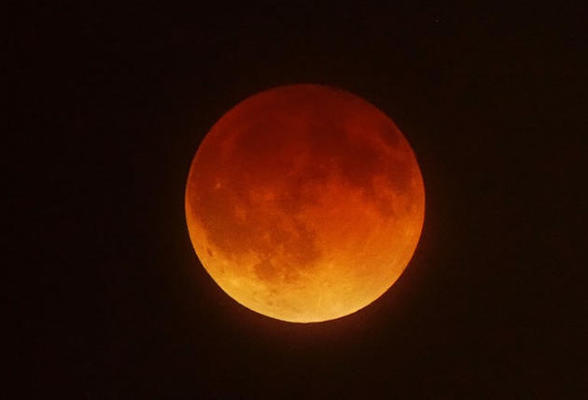
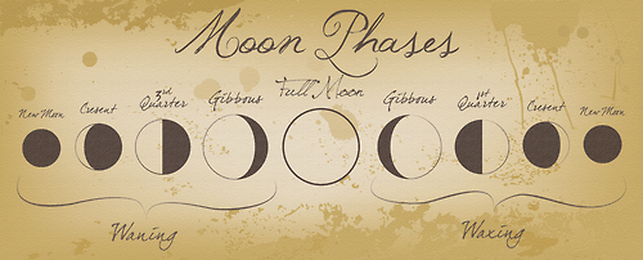
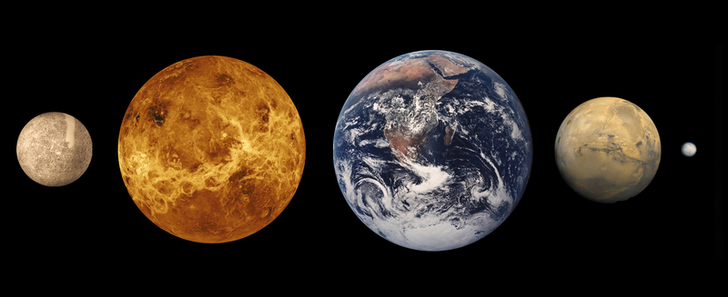
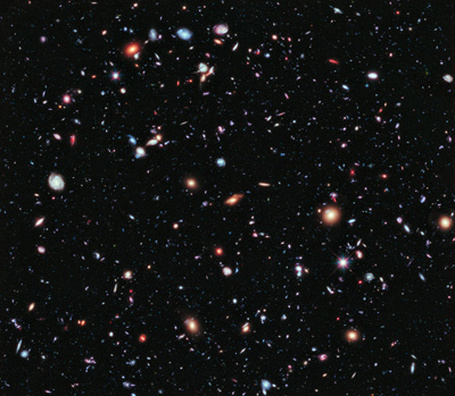
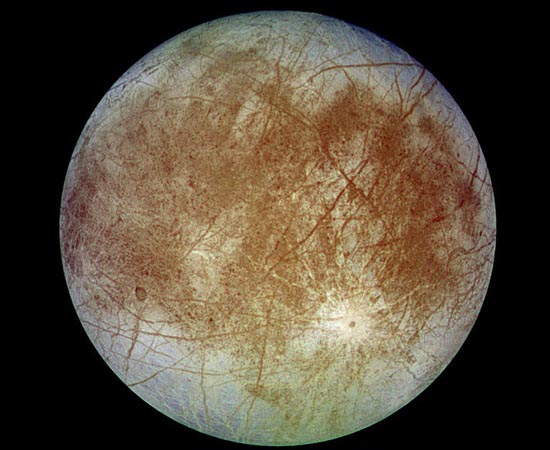
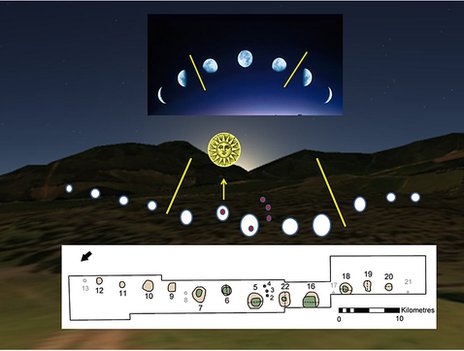
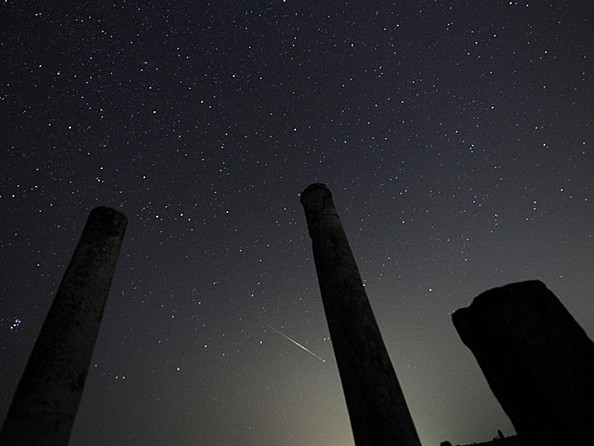
 RSS Feed
RSS Feed